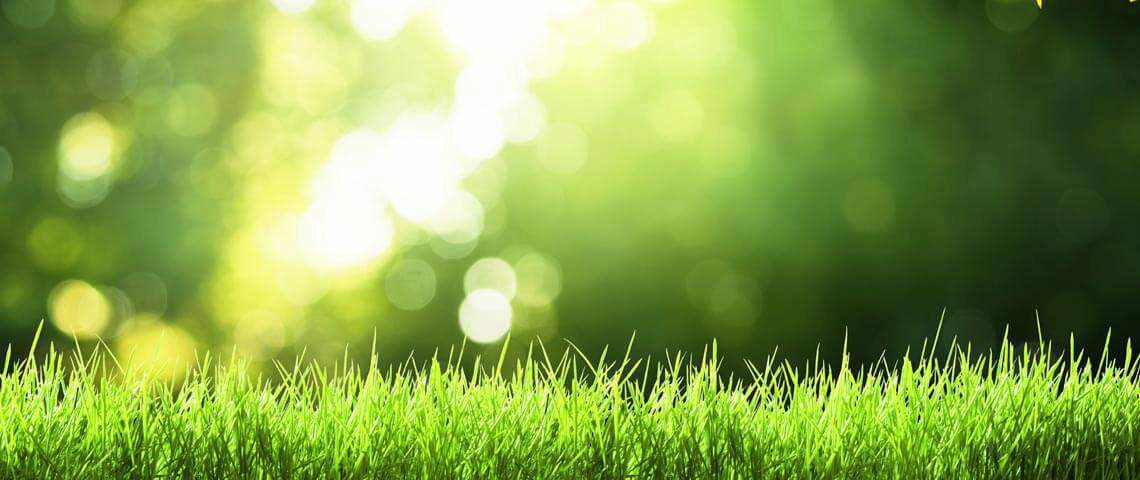Knowing how the lawn reacts to weather is very important to decide what kind of lawn care it needs. Although you have no control over the weather conditions, you can adjust the caring techniques to suit the occasion. It should help to address the problems correctly and save the grass from stress. There is no one size fits all solution. Regardless of the cause of damage, the signs are often the same as the grass becomes yellow or brown in varying sizes either in patches or in extended areas of the lawn. But you must be able to identify the cause of damage, whether it is due to disease, stress, or nutritional deficiencies that determine the type of care the lawn needs.
How you can control weather-related stress and the type of care that the lawn needs will become apparent on reading this article. We will discuss how to care for your lawn during seasonal changes.
Corrective measures to take after winter is gone and spring is at the doorstep
During winter, some areas of the lawn might remain exposed to wind and a little snow cover that makes the grass look like straw. This problem is known as winter desiccation. Spring frost can kill new leaves, and water and ice damage are evident from rotten grass that becomes straw-colored. White, gray, and pink molds appear in patches due to snow molds, and salt damage shows up in the form of yellow or dead grass along driveways, sidewalks, or roads exposed to salt.
To address the problems, follow the action plan stated below.
In fall – To discourage snow molds, keep mowing as long as the grass grows in the fall. Do not apply nitrogen during mid-fall as it delays dormancy. Prevent snow piling along driveways and walkways.
In winter – Instead of de-icing salt, use cat-litter, sand, etc. and avoid salt use in sensitive areas.
In spring – This is the time to rake away dead grass, flush away any salt from the soil by heavy watering, and arrange for re-seeding in areas that have worn thin or bare areas. The soil must be well-drained, and the temperature warm around 35oF at night.
Green-up after spring
Pay attention to the soil during spring to address the issue of compaction that makes the soil hard and turns the turf thin due to poor rooting. Test the soil to detect the nature of the soil, whether it is alkaline or acidic, and maintain pH between 6.0 and 6.5. Low nutrients could cause yellow grass, and growth is slow.
Here are the things to do.
Aeration – Keep the soil aerated by frequently digging and dragging to turn over the soil from the core. Overseed with the grass species that you want to grow and add organic matter. Re-route foot traffic to avoid packing down of soil.
Add fertilizer – Apply a balanced dose of fertilizer that contains nitrogen, potassium, and phosphorus that ensures healthy grass growth.
Adjusting the soil pH will ensure that the grass receives the right growing conditions.









Comments 1